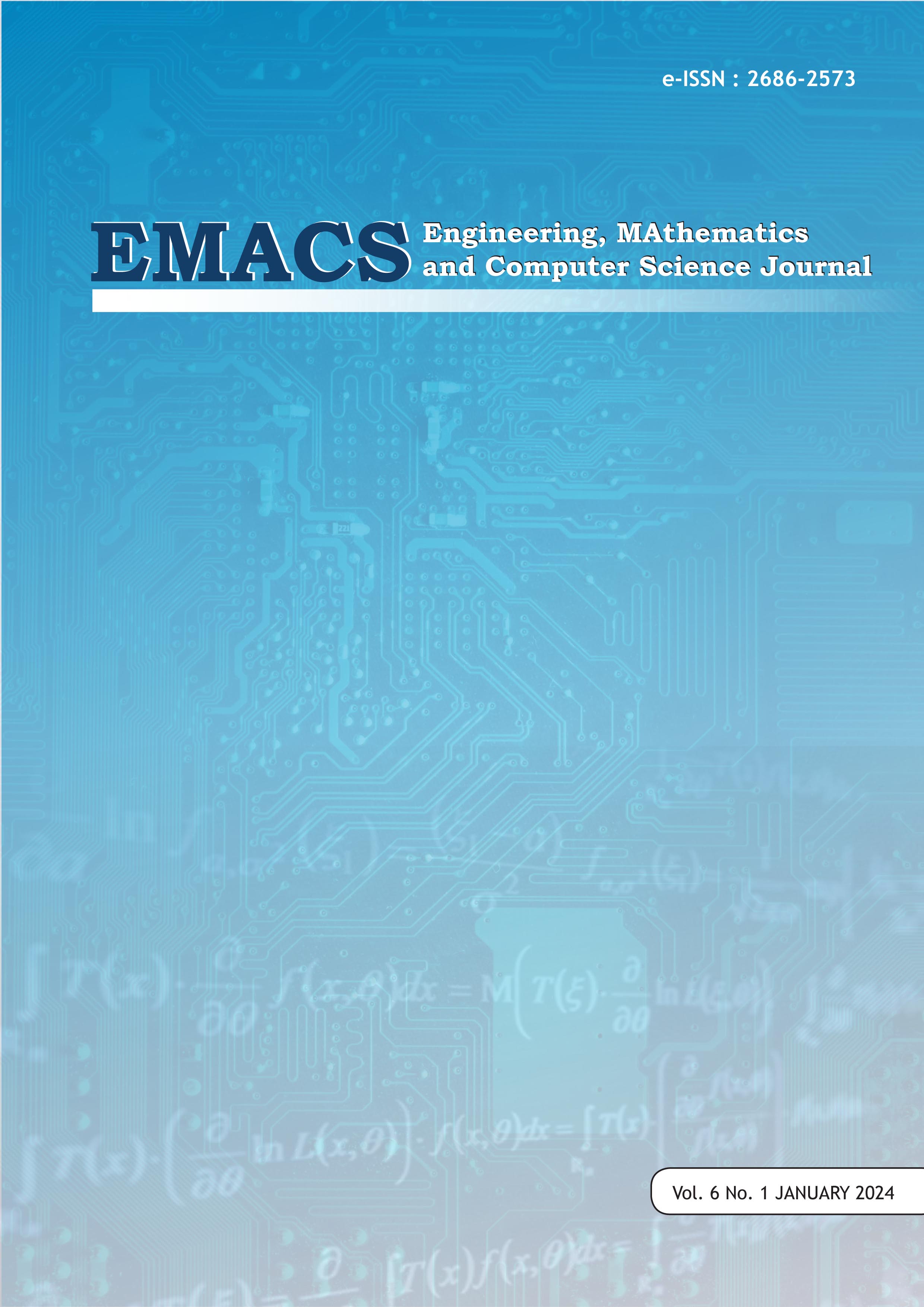Optimization of Fraud Detection Model with Hybrid Machine Learning and Graph Database
DOI:
https://doi.org/10.21512/emacsjournal.v6i1.10744Keywords:
Fraud, Graph Database, Machine LearningAbstract
Machine learning and the graph database work well together. By concentrating on the relationships between fraudsters or fraud cases, graph databases can provide an additional layer of security, while machine learning uses statistics and data analytical tools to categorize information and identify patterns within data. In doing so, it can transcend rigid rules and scale human insights into algorithms. When combined with a graph, machine learning alone can increase the accuracy of fraud signals to 90% or higher. On its own, it can reach 70–80%. Graphs also improve machine learning's explainability.
References
Bradburn, N., Sundman, S., & Wansink, B. (2004). Asking questions: The definitive guide to questionnaire design. San Fransisco: Jossey-Bass.
Guven, Ozlem & Serkan Aras (2022). Fraud Detection by Machine Learning Algorithms: A Case From A Mobile Payment. International Journal of Mana-gement Economics and Business, Vol. 18, No. 3.
Amna Sajid, Fraud Detection of Credit Cards Using Supervised Machine Learn-ing Techniques, Journal of Emerging Science and Technologies (PJEST).
Roh, Y., Heo, G., Whang, S.E.: A Survey on Data Collection for Machine Learning: A Big Data - AI Integration perspective. ArXiv, abs/1811.03402.
Shamil Magomedov1, Sergei Pavelyev2, Irina Ivanova, Anomaly Detection with Machine Learning and Graph Databases in Fraud Management; International Journal of Advanced Computer Science and Application (IJACSA), Vol. 9, No. 11.
Smt.S.Rajani & Padmavathamma. A Model for Rule Based Fraud Detection in Telecommunications. International Journal of Engineering Research & Technology.
Dal Pozzolo, Giacomo Boracchi, Olivier Caelen, Cesare Alippi, Credit Card Fraud Detection: A Realistic Modeling and a Novel Learning Stra- tegy. IEEE Transaction on Neural Network and Learning System.
Shivaram Kalyanakrishnan, Olivier Caelen, Cesare Alippi, On Building Decis-ion Trees from Large-scale Datain Applications of On-line Adverti-sing, Proceedings of the 23rd ACM International Conference on Information and Knowledge Management, pp. 669--678, ACM, 2014.
K. Abhirami, A. K. Pani, M. Manohar, and P. Kumar, "An Approach for De-tecting Frauds in E-Commerce Transactions using Machine Learning Tech- niques," in 2021 2nd International Conference on Smart Electronics and Com-munication (ICOSEC), 2021:IEEE, pp. 826-831.
Michaela Baumann. (2021). Improving a Rule- based Fraud Detection System with Classification Based on Association Rule Mining.
Downloads
Published
How to Cite
Issue
Section
License
Copyright (c) 2024 Aan Albone

This work is licensed under a Creative Commons Attribution-ShareAlike 4.0 International License.
Authors who publish with this journal agree to the following terms:
- Authors retain copyright and grant the journal right of first publication with the work simultaneously licensed under a Creative Commons Attribution License - Share Alike that allows others to share the work with an acknowledgment of the work's authorship and initial publication in this journal.
- Authors are able to enter into separate, additional contractual arrangements for the non-exclusive distribution of the journal's published version of the work (e.g., post it to an institutional repository or publish it in a book), with an acknowledgment of its initial publication in this journal.
- Authors are permitted and encouraged to post their work online (e.g., in institutional repositories or on their website) prior to and during the submission process, as it can lead to productive exchanges, as well as earlier and greater citation of published work.
USER RIGHTS
All articles published Open Access will be immediately and permanently free for everyone to read and download. We are continuously working with our author communities to select the best choice of license options, currently being defined for this journal as follows: Creative Commons Attribution-Share Alike (CC BY-SA)





